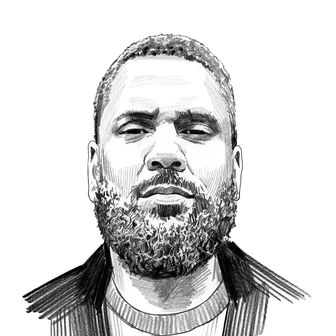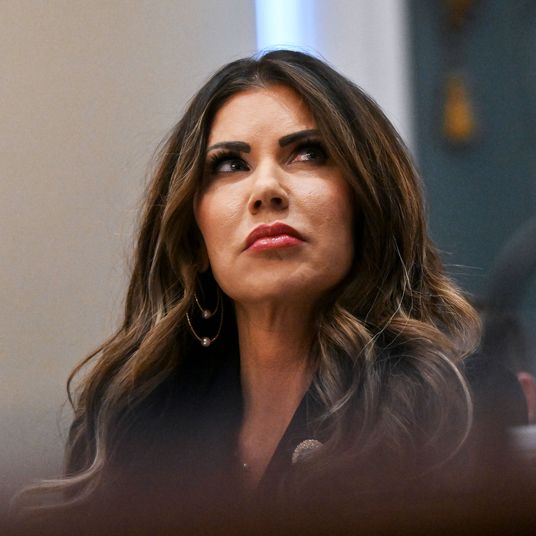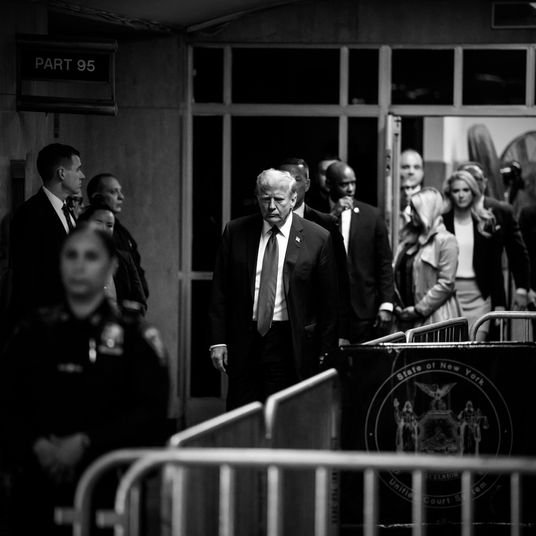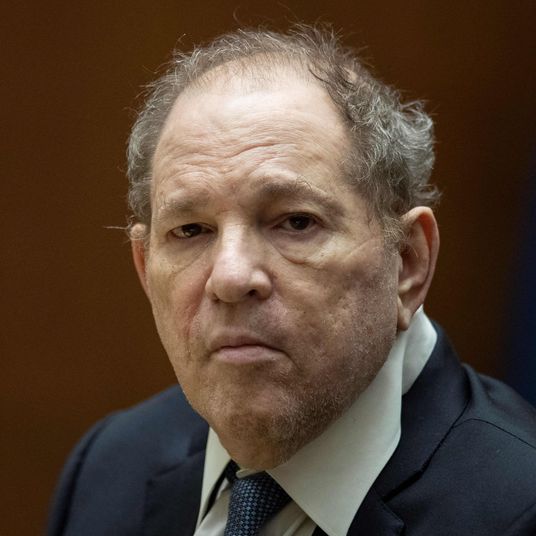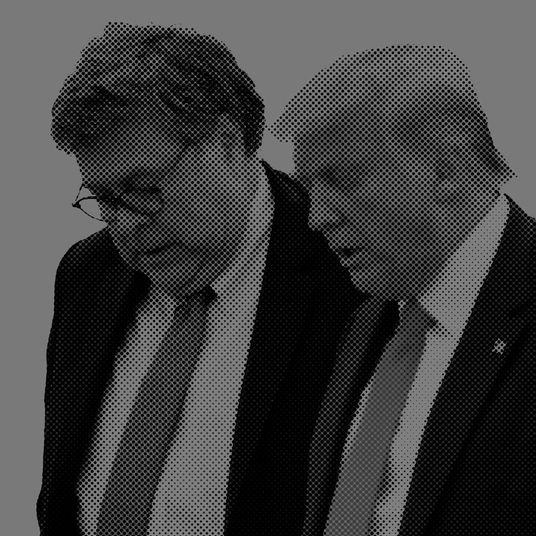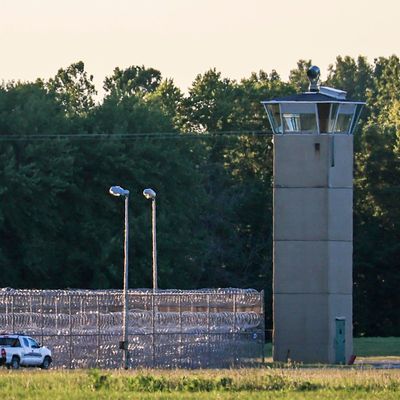
“We owe it to the victims and their families to carry forward the sentence imposed by our justice system,” William Barr said last July, announcing that his Justice Department would resume executing federal death-row prisoners for the first time since 2003. But when officials killed Daniel Lewis Lee on Tuesday, it was common knowledge that several of his victims’ family members wanted his life spared. It didn’t matter. Lee’s death was a spectacle for the government’s benefit, not theirs.
Yesterday, the U.S. Supreme Court ruled 5-4 that the Bureau of Prisons could proceed with Lee’s execution. The decision overturned an injunction issued on Monday by a district court judge in Washington, D.C. Judge Tanya Chutkan ruled that the constitutionality of the planned method of death — lethal injection using the drug pentobarbital — had not been fully litigated, according to the New York Times. It was the second such legal hurdle cleared by the DOJ in the past week. The first was decided on Sunday by the U.S. Court of Appeals of the Seventh Circuit. Some of Lee’s victims’ family members had sued the department for requiring them to risk coronavirus infection if they wished to travel to Indiana to see his execution; they were initially granted a delay, but the appeals court reversed it.
Lee was sentenced to death in 1999. Three years earlier, he’d accompanied Chevie Kehoe — the founder of a white-supremacist anti-government militia called the Aryan People’s Republic — to the home of William Mueller, a firearms dealer, outside of Tilly, Arkansas. The pair was looking for guns, ammunition, and cash to steal; after collecting all three, the two men incapacitated Mueller, his wife Nancy Mueller, and her 8-year-old daughter, Sarah Elizabeth Powell, then knocked them unconscious, duct-taped plastic bags over their heads so they’d suffocate, and weighed their bodies down with rocks before tossing them into a swamp.
For Lee, the horrific murders capped off a life marked by abuse, mental health struggles, and time spent locked up in juvenile detention centers. He’d been recruited by Kehoe to join his militia and remained his subordinate — the “faithful dog” to Kehoe’s “ringleader,” as one judge, a prosecutor, and members of Kehoe’s family characterized the men’s dynamic. According to the Times, Kehoe’s mother and brother testified that he’d personally killed 8-year-old Sarah because Lee lacked the stomach for it. Most evidence pointed to Kehoe’s primary role in planning, initiating, and carrying out the crime, which seemed bound to condemn Lee to a comparable fate — life in prison — or possibly something less. The prosecution team certainly thought so; it made little sense to pursue the death penalty for Lee when Kehoe had gotten life, they thought. The victims’ family members agreed. But Justice Department officials overruled them, claiming that Lee was too dangerous even for prison. The DOJ insisted that the prosecutors seek capital punishment, and a jury obliged. The decision haunts many of those involved to this day.
From the Times:
[The] lead prosecutor in the trial, former Assistant United States Attorney Dan Stripling, wrote in a 2014 letter to Eric H. Holder Jr., who was then the attorney general, that though he believed in capital punishment, he was disturbed by the randomness of its imposition. Mr. Lee’s death sentence, he wrote, “perfectly illustrates this inexplicable randomness.”
The federal judge who oversaw the trial — G. Thomas Eisele, a Nixon appointee to the bench who died two years ago — wrote in a 2015 letter to Mr. Holder that he had second-guessed his decisions ever since and was left “with the firm conviction that justice was not served in this particular case, solely with regard to the sentence of death imposed on Daniel Lewis Lee.”
These misgivings were echoed by several of the victims’ family members. Nancy Mueller’s sister, Kimma Gurel, and niece, Monica Veillette, both oppose capital punishment for Lee. “It made no sense,” Gurel said of the disparate sentences between Lee and Kehoe, according to the Times. Veillette has similarly advocated for his sentence to be commuted. Nancy Mueller’s mother, Earlene Branch Peterson, has taken a more circuitous route to the same conclusion; she initially wanted both men killed, but years of prayer, counseling, and Bible study convinced her otherwise. “I can’t see how executing Daniel Lee will honor my daughter in any way,” Peterson, a conservative Trump supporter, said in a short documentary released last year by the Equal Justice Initiative, a capital defense and legal advocacy organization based in Alabama. “The government ain’t doing this for me, ’cause I would say no.”
There’s little uniformity in how victims regard the fate of their loved ones’ killers. Even in this particular case, there’s divergence; Scott Mueller, son of the deceased William Mueller, has said that he doesn’t care if Lee dies or not. But Barr’s claim that he’s repaying a debt to victims’ families by resuming federal executions has been widely refuted. In addition to the opposition of Nancy Mueller’s family, at least 175 people whose loved ones have been slain wrote to Barr and President Trump last year, imploring them not to recommence killing death row prisoners. (The federal death penalty has been under an informal moratorium for 17 years.) Their cries fortified long-standing arguments that capital punishment is a moral atrocity. There’s no evidence that it deters crime; it’s applied with racist asymmetry that affects Black people disproportionately; and it’s alarmingly error-prone — at least 165 people who were sentenced to death since 1973 have since been proven innocent; a 2014 study from the National Academy of Sciences estimated that, at the rate things were going, 4.1 percent of people on death row would eventually be exonerated. It’s also increasingly unpopular. In November, a Gallup poll found that 60 percent of Americans prefer life imprisonment for people convicted of murder — a dramatic turnaround from 2014, when just 45 percent of people felt the same way.
But perhaps more than anything, Lee’s case demonstrates the unnerving capriciousness of the whole enterprise. By most accounts and several measures, he was less culpable than his accomplice. Yet he’s the one who got executed. Earlene Peterson, Nancy Mueller’s mother, has as theory as to why. Kehoe was charismatic and clean-cut, “like a young businessman,” Peterson told the Times — whereas Lee was the picture of menace: blind in one eye from a fight, his neck covered in swastika tattoos. Beyond that, the precise calculus used to determine their disparate fates is anyone’s guess, but likelihoods abound. The political trends of the “tough on crime” 1990s weren’t known for encouraging mercy or subtlety; the perpetrator of a vicious murder who looked the part would’ve been a natural target for the prevailing bloodlust of the era. The rationales governing today’s decisions seem even easier to surmise. Trump’s strategy for retaining power has hinged foremost on exciting his base. He ran for president on promises to restore “law and order” and Republicans are broadly pro-execution, making the restoration of the federal death penalty a natural political calculation.
However one approaches it, the decision to kill Lee derives from a somewhat nebulous and inconsistent set of considerations, the dominant share of which seem politically motivated on the part of federal officials, past and present. It’s now been resolved in a manner befitting capital punishment itself — with cruel finality and abiding disinterest in the people who’ve been harmed most directly, other than what is politically useful to the executioners. Lee was strapped to a gurney for four hours awaiting his fate on Tuesday morning, according to the Times. He looked around the chamber as the lethal substance was injected into his veins. He began breathing heavily, then went still. “[His] lips turned blue, and his fingers became ashy,” writes reporter Hailey Fuchs. He was dead by 8:07 a.m. — a casualty less of justice than of political and administrative whim.


